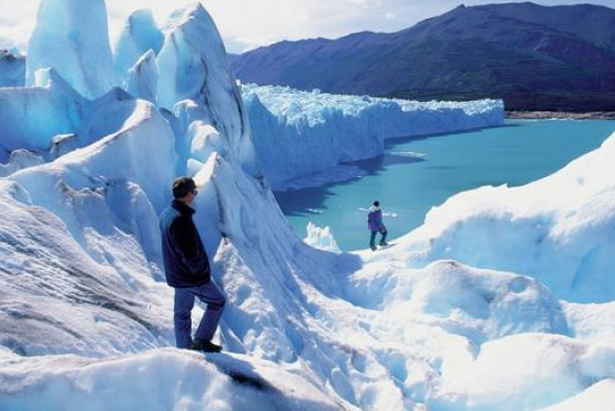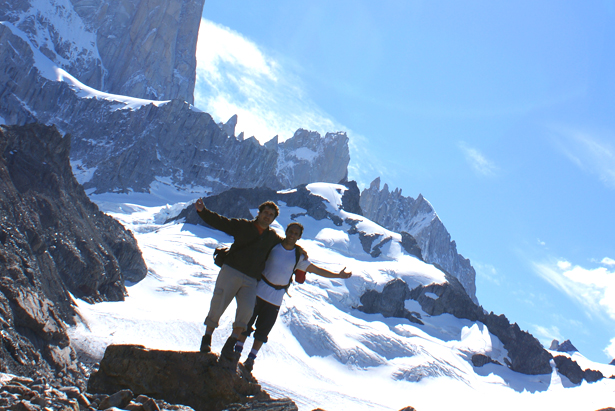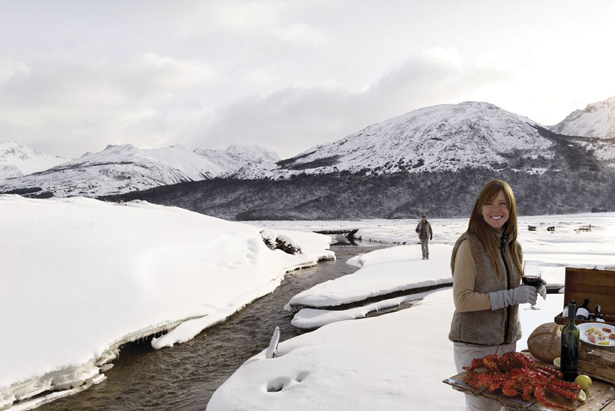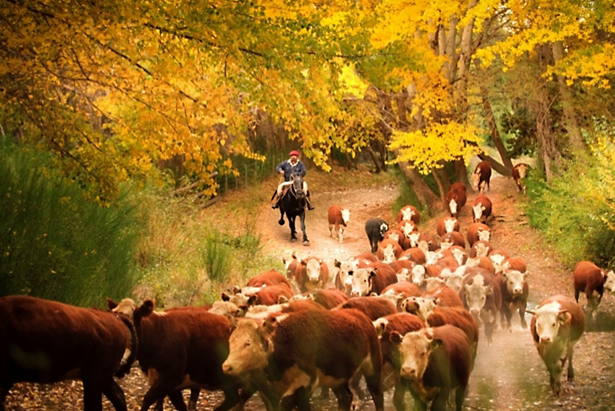
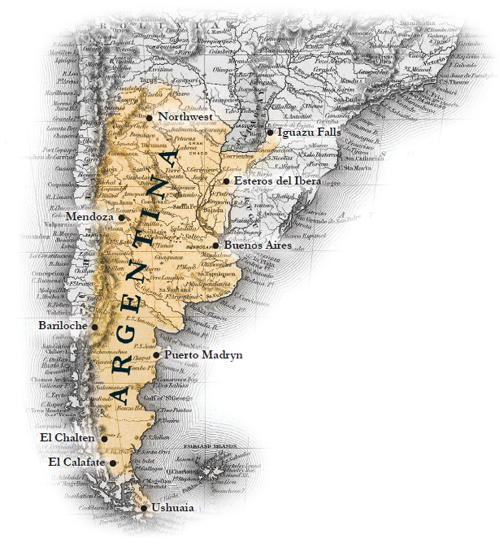
Located at the bottom of South America, Argentina is the second largest country in South America and the eighth largest in the world. It is the home of the tango, the pampas, some of the world’s best beef, and wildlife. Its’ capital city of Buenos Aires is known as one of the world’s most exciting cities.
Argentina’s main characteristic is the enormous contrast between the immense eastern plains and the impressive Andes mountain range to the west. There is a wide variety of landscapes, climates, cultures and communities.
From Jujuy to Tierra del Fuego, The Andes present outstanding sceneries such as Mendoza, with some of the world’s finest wineries, where our guests can visit vineyards of different sizes, architecture styles, ambiance, gardens and history; each of them unique in their own way.
In the Northwest Plateaus, the color contrast and the sculptural shapes that cover the surrounding mountainsides will create breathtaking views. In this beautiful setting, our travelers can visit and share activities with its warm rural communities.
The Lake Region with Bariloche and the forests and glaciers in Patagonia, is the land of virgin rivers and sharp peaks, which invites to a wide variety of experiences: from adventurous kayaking to the finest culinary journeys, from multi-level hikes to private comfortable lodges in remote places…
Between the Paraná and Uruguay rivers lies the Argentine Mesopotamia, a land nearly floating on water. It is formed by low hills, where pools and marshlands are evidence of the ancient courses of these great rivers. The Rio Iguazu tumbles through a series of gorges creating the incomparable spectacle of Iguazu Falls. Visitors can choose their favorite way to explore them: an amusing jet boat excursion, an exclusive helicopter ride or an enlightening jungle safari, where they can observe different aspects of the rainforest ecosystem.
The Pampas, in the center of Argentina, is the largest and best-known area of plains. Agriculture and cattle are cultivated in this region. This is a perfect destination for a relaxing stay in an ancient estancia, combined with horseback riding and farm activities guided by local gauchos.
The extensive metropolis of Buenos Aires offers a renowned cuisine, exciting nightlife, lively markets and gorgeous architecture. Of course, a trip to Buenos Aires just is not complete without a little taste of the tango. The sprawling cultural proposal has exclusive venues hosting tango shows with live orchestras and dancers and the traditional Milongas, dance halls where local people gather and dance.
Toward the south, from the Andes to the sea, the sterile and stony plateaus of Patagonia appear, swept by the wind during most of the year. The Atlantic coast, lined with high cliffs, form massive indentations like the Peninsula Valdes, considered one of the most valuable wildlife habitats in the world. It is home to some of the most exotic marine creatures, along with penguins, sea lions, seals, and whales.
In one word, Argentina offers a distinct and beautiful geography, interesting history and culture, thriving nightlife, unique local flavors, endless shopping opportunities, and much more. Our ALCHEMISTS will be delighted to begin planning a unique and personalized high-end experience in Argentina.
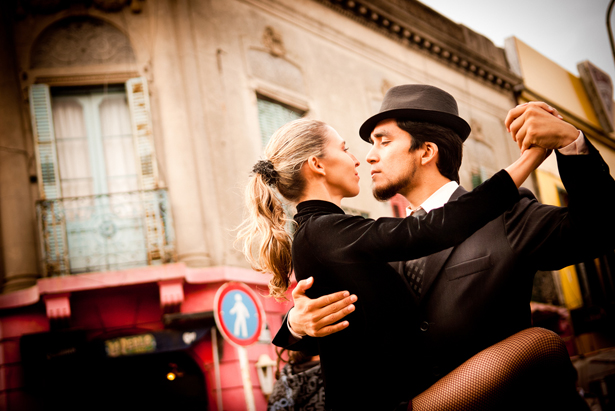

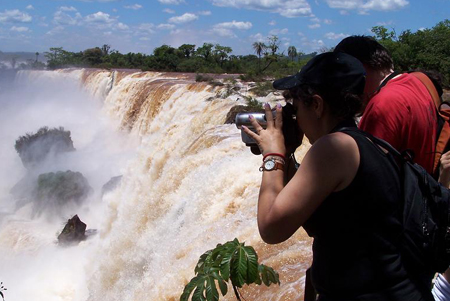
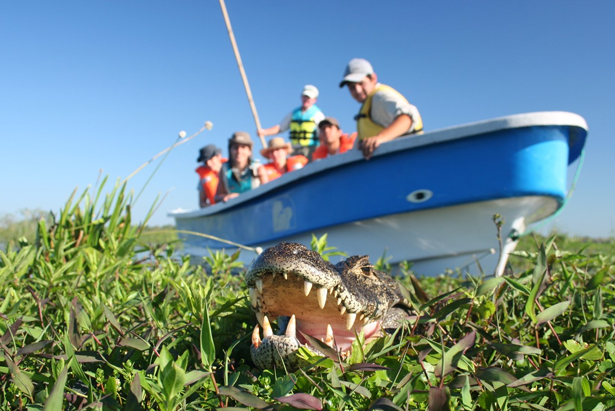
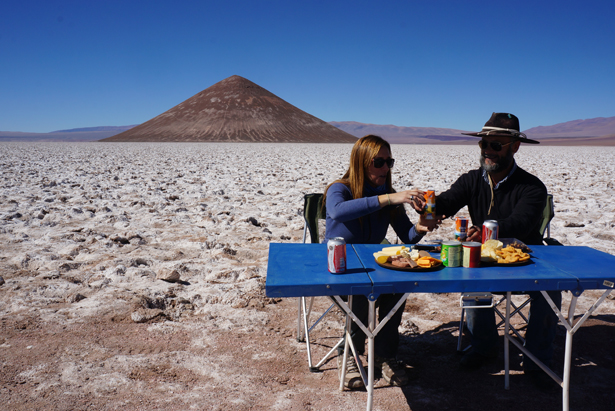
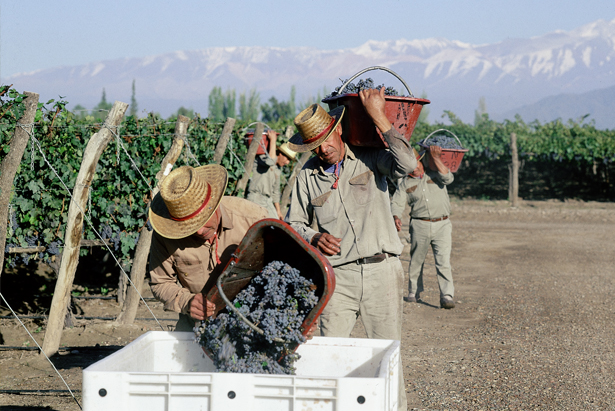
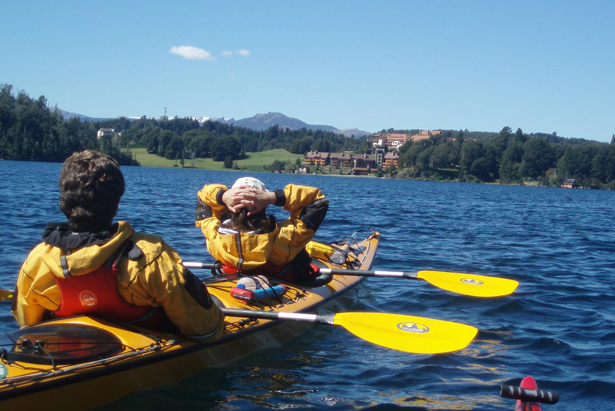
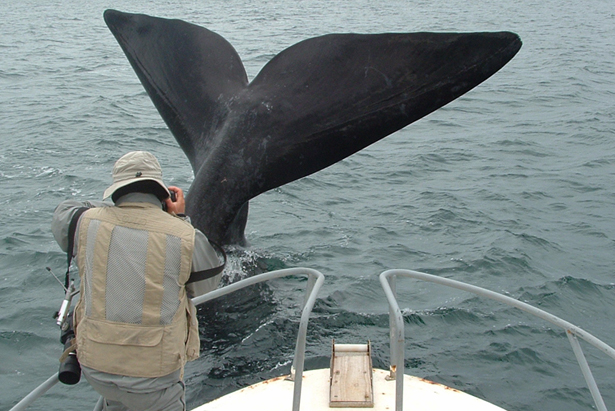
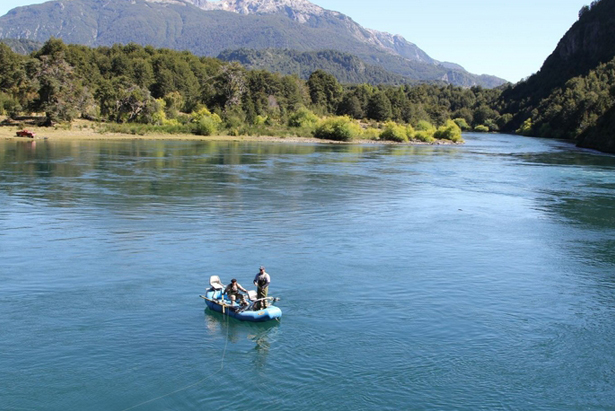
Located at the west of the province of Chubut, the main attractions of this park are its incomparable beauty and the hundreds years old larches. Futalaufquen Lake, in the park, is one of the best places for sportive fishing in Patagonia. This park has a beautiful and complex lacustrine system, where many rivers and streams are born or flow into. With a surface of 263,000 acres, and was originated in 1937 to preserve the last refuge for one of the most long-lived trees in the world: the larch or lahuan. The Park preserves a number of lakes, rivers and streams of crystal-clear water, besides the ancient forests of bamboo, cypress and myrtle trees. Many birds and mammals of diverse species such as cormorants, owls, chucaos, kaikens, foxes, southern pudus and southern Andean deer find shelter and food in this land. Lago Verde, one of the most beautiful places in the country, is located at the heart of this virgin forest: a unique ecosystem, where the imposing nature is right there so guests can enjoy it at its full.
